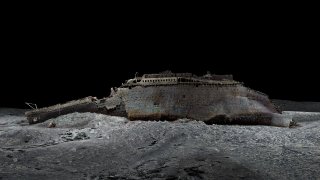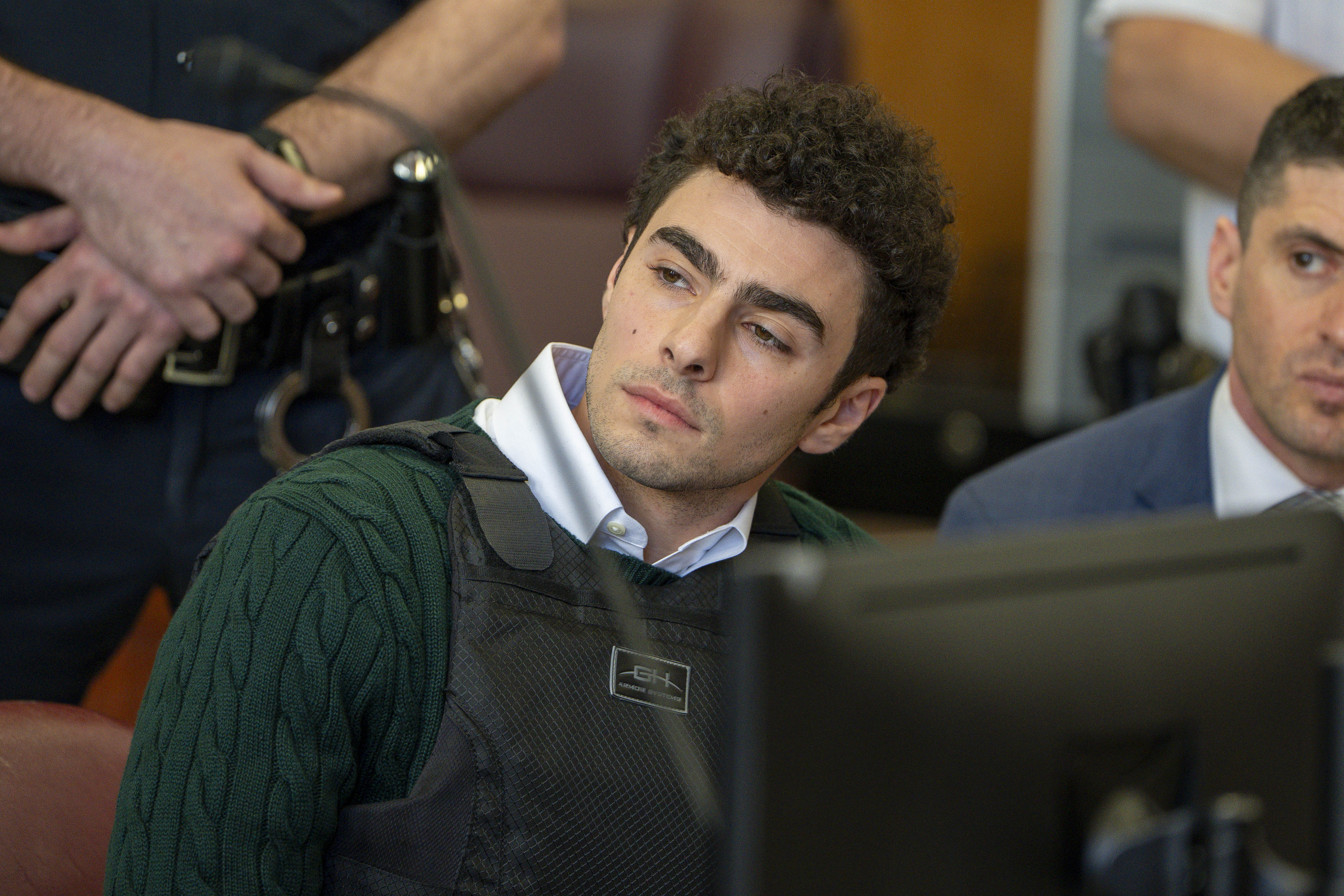
A portside view of the bow section of the Titanic Digital Twin.
The world's most famous shipwreck can now be analyzed like never before.
A digital scan of the Titanic wreckage has offered researchers new insight into the ship's final moments 100 years after its dramatic sinking.
Watch NBC6 free wherever you are
Researchers at deep-sea mapping company Magellan used remote-controlled submersible robots to produce the scan, taking over 700,000 images of the wreckage from every possible angle and piecing them together to complete the most detailed 3-dimensional digital reconstruction of the vessel to date. The resulting intricately-detailed image is believed to be accurate down to each and every rivet connecting the pieces of the hull.
The groundbreaking process, which began in 2022, took more than 200 hours complete before the model was showcased in May 2023.
Get local news you need to know to start your day with NBC 6's News Headlines newsletter.

The scan provides the first complete view of the Titanic wreckage, which has only been captured in fragmented images before due to its position on the ocean floor. Previous researchers have been limited to viewing the wreckage through portholes and approximated renderings.
The digital map, the subject of National Geographic's new documentary "Titanic: The Digital Resurrection," has allowed researchers to confirm — and challenge — some of the theories surrounding the crew's behavior in the ship's final moments.
U.S. & World
The model offers a new view of the boiler room, supporting eye-witness accounts which claimed the vessel's engineers worked to keep the electricity running until the last second, allowing other crew members to continue to send distress signals to nearby ships.
Most notably, the scan may clear the name of First Officer William Murdoch, who, until now, was believed to have committed suicide as the ship was sinking. However, the positioning of a lifeboat crane depicted in the rendering supports a surviving officer's account that Murdoch was preparing another lifeboat for passengers when he was swept away by the sea.
The rendering also provides more exact detail about the damage the iceberg inflicted on the hull, depicting paper-sized punctures in six of the ship's watertight compartments which are believed to be the precise reason for its demise, according to BBC.

"Titanic: The Digital Resurrection" will premiere Friday, April 11, at 9 p.m. ET on National Geographic, with streaming available the next day on Hulu and Disney+.
What happened to the Titanic?
The luxury cruise liner — thought to be unsinkable at the time of its departure from Southampton, England — sunk to the ocean floor on April 15, 1912, after colliding with an iceberg.
What time did the Titanic hit the iceberg?
The Titanic collided with the iceberg at approximately 11:40 p.m. on April 14, 1912.
The iceberg then scraped along the right side of the vessel, slicing the hull open at several points and fatally compromising the watertight nature of the boat.
If only three or four of the ship's watertight compartments had been punctured, the ship may have survived, experts told BBC, as the Titanic was designed to withstand some significant damage.
How many people died on the Titanic?
More than 1,500 passengers and crew members were killed in the disaster, according to the National Oceanic and Atmosphere Administration.



